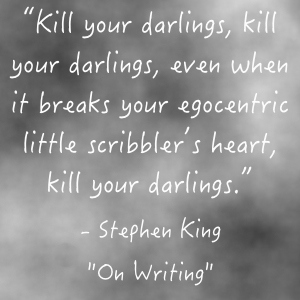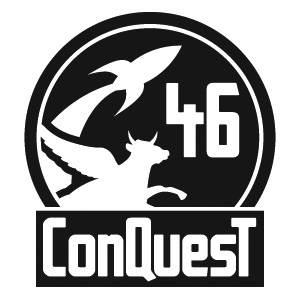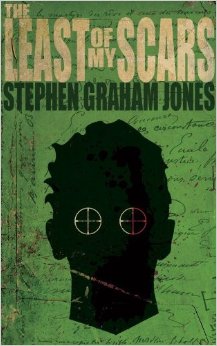Recently, I sold my short story “Take It Home” to eFiction Magazine. It was a monumental occasion for me. It’s not the first story I’ve sold, not by a long shot, and it isn’t even the best story I’ve written. “Take It Home” was originally titled “Gentleman Jack,” and I wrote it in the first fiction writing class that I took at Iowa State University. In many ways, it is the story that taught me how to write.
It’s the story of a professional wrestler who disgraces himself, gets fired, and returns home. The problem is that it isn’t really his home anymore. I wrote the story as an homage to professional wrestling, which I have loved since I was a little kid. I had read Pure Dynamite, the auto-biography of The Dynamite Kid. If you are a pro wrestling fan and don’t know the book or the wrestler, do yourself a favor and seek out both. The Dynamite Kid was best known as one of the British Bulldogs in the WWF, but had some amazing matches in Japan, particularly with Tiger Mask. His autobiography is brutal and heart-breaking in many ways. The thing that struck me most was that after he had hurt his back and went home, he found that his wife didn’t really want him around. He was in the way. She had her own life in the 300-plus days that he traveled every year.
The idea that your home could somehow stop being home stuck with me. The name Gentleman Jack came from one of my favorite books when I was a kid. I read Blackstone Mystery Adventures’ The Case of the Gentleman Ghost several times. It provided a link from the days of Encyclopedia Brown and Choose Your Own Adventure to the horror stuff that I would later read.
I’ve re-written the story several times since 2003. It’s changed drastically, lending credence to the idea that a story is really a combination of scenario and the writer. As a writer changes, his stories change with him. Technique improves, sure, but everything else adds in to it. When I wrote the story, I wrote about loss, but hadn’t really experienced it. I wrote about mistakes, but my biggest had been not working hard enough and choosing the wrong major. I wrote in a cynical, nihilistic style, not because I felt that way, but because I had seen Fight Club and thought it was cool.
I re-wrote “Take It Home” for the last time in 2013 as a divorced father with the fear of my son moving across the country fresh in my head. I had ten more years of experience and mistakes, ten years of life really. I’d even had a short-lived attempt at becoming a professional wrestler, training every night and coming home to find my son already in bed. The story changed. It became less about what Gentleman Jack had done, and more about where he was now and where he would go from there. Back then, I was fascinated with people who knew the costs of the mistakes they had made but kept making them anyway. Sort of like a man suffering from a critical wound, putting a band-aid on it, and going back in to the battlefield again. Now, at age 35, I can see how it happens.
In the last re-write, I changed the name of the story to “Take It Home,” an homage to a term in wrestling for finishing a match. I think it is fitting, since I finally had the experience and skill to finish the story that I started as a college junior in 2003. It took a long time to see it in print, and I will always remember the story as a mile-marker in my professional development as a writer.









